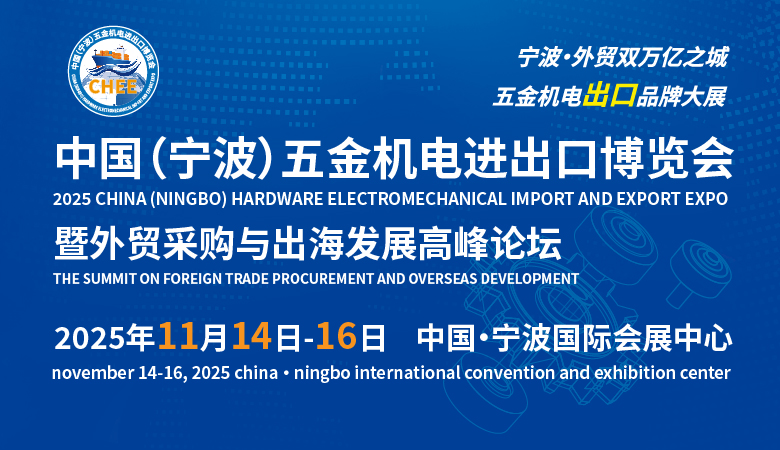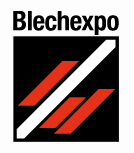siRNA transfection is one of the common experiments in molecular biology. In siRNA transfection experiments, the choice of siRNA transfection reagents is particularly critical, requiring a comprehensive consideration of the transfection performance, cytotoxicity, and ease of operation of the reagents. Currently, the siRNA transfection reagents commonly used in laboratories mainly include Lipo3000 from Thermo Fisher, RNAiMAX, BIOG’s RFect and RFect V2fromBIOG. Among them, RNAiMAX is internationally recognized as an authoritative siRNA transfection reagent; RFect is a well-known domestic siRNA transfection reagent; RFect V2 is the latest upgraded product of RFect, which many laboratories report to have excellent siRNA transfection performance.In this article, the comparison between RNAiMAXand RFect V2 and their respective siRNA transfection performance is briefly described as follows.
I. siRNA transfection performance
The performance of siRNA transfection is undoubtedly the primary indicator to evaluatethe strength of an siRNA transfection reagent. Not only the positive transfection rate, it's also important to consider the efficiency of gene silencing.
The major breakthrough of RFect V2 is the special configuration of Trans Enhancer, called siRNA transfection enhanceras well, which can effectively reduce the immune response of the cell membrane and at the same time, significantly improve the efficiency of siRNA transfection, 5-30% higher thanthat of the previous version.How does its transfection performance compare to RNAiMAX? In our laboratory,following the instructions of bothreagents, werespectivelyprepared transfection complexes with 1.5μL of RFect V2 and 1.5μL of RNAiMAXtransfection reagent at the recommended ratio of 24-well plates when the fusion degreeof Hela cells, used for in vitro quality control, reached 30-50%, and then we observed the positive transfection rateunder the fluorescence microscope after 48h. The results showed that the positive transfection rate ofbothcould reach above90%, indicating thatwith the same amount of transfection reagent,the positive transfection ratesof RFect V2 and RNAiMAXwere comparable.
If the positive transfection rate is only a superficial result and not the “gold standard”to verify the transfection performance of the two reagents, then it is necessary to use RT-qPCR to measure the gene silencing efficiency to draw conclusions. To this end, we transfected small interfering nucleic acids capable of knocking down the SSB geneintoHela cells, by RFect V2 and RNAiMAXrespectively,then measuringthe mRNA expression level of SSB 24 hours after transfection using RT-qPCR. As shown in the figure, the CT values of the experimentalgroup transfected with RNAiMAXare 21.91 and 21.95, respectively, while the fluorescence quantitative results of the RFect V2 group are slightly higher than those of RNAiMAXby 0.13-0.14 CT values. The results are very close, suggesting that the efficiency of transfection of siRNA silencing genes by RFect V2 and RNAiMAXis basically the same.
II. Cytotoxicity
The cell death rate has a significant impact on the results of cell transfection experiments. Especially when we study gene silencing efficiency, the partof dead cells will also manifest as a reduction in the expression level of the target mRNA. Therefore, siRNA transfection reagents must be mild tothecells cells to ensure the accuracy and reliability of experimental results.
RFect V2 uses new typesof degradable nanomaterials, which havelower cytotoxicity compared to the earlier version of RFectanda different composition from RNAiMAXwhich primarily consists of cationic liposomes. It is well-known that the lower the toxicity of siRNA transfection reagents, the lower the transfection densitythey required. In this regard, both RNAiMAXand RFect V2 can achieveefficient transfection results with a transfection density of 30-50%. According to the data from our laboratory, the cell death rate of Hela cells after transfected with RNAiMAXis about 10%, while that after transfected with RFect V2 is only about 5%, which seems to be slightly better than RNAiMAX. It can be said thattheperformance of RFect V2in terms of cytotoxicity is impressiveand surprising.
III. Simplicity of operation
From a researcher’s perspective, the simplicity of the experiment is also very important. There are two main aspects to consider, one is the need for special culturemedia, and the second is the need to change the medium.
Special culture media are typically used for preparing transfection complexes. Since the presence of serum often affects the formation of transfection complexes, serum-reduced or serum-free media must be used.
The RNAiMAX instructionmanual clearly states the need for Opti-MEM reduced-serum medium to dilute the transfection reagents and siRNA, but this medium is not provided in the kit. Thus, experimenterneed to purchase it separately. In contrast, RFect V2 kit is equipped with a specialized transfection enhancer, a complete substitute for the serum-free culture medium, which not only enhances the transfection efficiency, but also saves on the expense for a special culture medium, providing convenience for the researcher.
Regarding the need to change the medium, researchers should follow the instructions for each specific transfection reagent. RFect V2 has strong resistance to serum interference, eliminating the need to change serum-free medium before transfection. Moreover, due to its very low cytotoxicity, there is no need to change the medium after 4-6 hours of transfection; in fact, changing the medium could even reduce the transfection efficiency. RNAiMAX also indicates in the instruction manual that there is no need to change the medium, but some researchers still suggest changing the culture medium after 4-6 hours of transfectionwhen sharing their experience, since it is likely that for some sensitive cells, the cell death rate is still relatively high if the culture medium is not changed to fresh one in time.However, for most cells with strong tolerance, RNAiMAX still shows very good transfection efficiency. Therefore, when choose to useRNAiMAX, researchers can decide whether to change the medium based on the sensitivity of the cells to the transfection reagent.
Overall, RFect V2 matches RNAiMAX in performance across various aspects andis a strong rival for siRNA transfection,that means we have a better choice for siRNA transfectionrelated studies.












